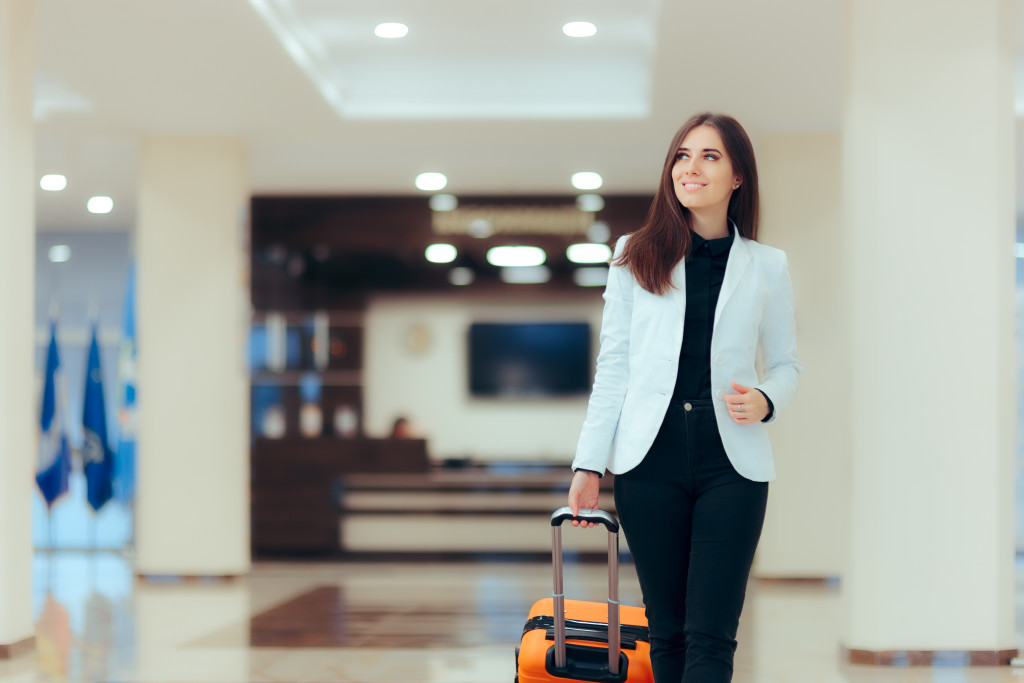When COVID-19 started spreading, plans immediately fell apart. As borders between nations closed, travel became almost non-existent. Planes were grounded, and many people within the tourism industry lost their lives.
The measures created as a response to the pandemic had been tough for everyone. As an extreme but necessary move to slow the infections, the public was asked to stay home. For several months, governments shut down their economies to prevent the further spread of the virus.
Although some places are still under lockdowns, restrictions have been lifted in many nations. Despite facing new waves of infections, Singapore managed to keep the number of cases low, unlike its neighbors.
Despite the success of the city-state in combating COVID-19, the virus is still around. Residents still need to follow minimum health standards and, when traveling locally or internationally, make sure to do these, too.
When Travelling Locally
Right now, with the virus spreading quickly in other countries, it is better to travel locally. There is no way to be completely safe from the virus, even if you lock yourself in your home, but exploring places within your hometown or a neighboring town is far safer than venturing farther away.
Although the risk is lower, it would not hurt to be cautious. After all, you still will likely encounter other people on your trip. When you are taking public transportation, especially, you would need to be mindful of your surroundings.
SMRT, the leading multi-modal transport provider in Singapore, is taking precautions to ensure that drivers and passengers are safe during the pandemic. Thermal scanners have been stationed in hubs to screen out passengers who may have a fever, a common symptom of COVID-19. Distancing is also being enforced in buses and trains.
Wear a mask at all times. Even with distancing, any indoor venues that do not get ample ventilation can be a hazard. A mask filters the air you breathe, and you exhale, protecting everyone around you as well.
Moreover, take an alcohol-based sanitizer with you at all times. Use it to disinfect your hands regularly before touching your food or your face/hair, and any chance you get.

When Flying to Your Destination
Planes are not the cleanest mode of transport. Studies have found that viruses and bacteria that cause illnesses are present in commonly-used surfaces in the airport and the airplane. Every time you have to spend time in an enclosed space with dozens of other people is quite risky.
Wearing a mask is even more integral when traveling by plane. One study conducted by the U.S. Department of Defense and United Airlines found that transmission is “virtually non-existent” as long as everyone wears a mask. If you can, try to sit near the window. One study found that passengers in the window seat had the least risk.
However, other precautions still apply. Wash your hands thoroughly and use an alcohol-based sanitizer after going to the bathroom.
When Inside a Hotel
Hotels and Airbnbs can be safe as long as it is following health and safety guidelines. It is best to research the accommodation you are eyeing beforehand to see what they are doing to prevent the spread of the virus.
When indoors, avoid areas where there are a lot of people, including the lobby and in elevators. If you can, use digital check-in and check-out to minimize interactions with staff further.
Repeated Testing
Depending on where you are heading, you might be required to go through testing before leaving for your trip and after you arrive at your destination. However, even if your destination does not require testing, you should do it anyway.
You might have to spend money, but it will ensure that you are not spreading the virus to other people and you have not caught the virus in transit or while you were exploring a new city.
Test as soon as you go back home and self-quarantine for two weeks. Watch out for symptoms such as coughing, fever, loss of sense of smell and taste, and difficulty breathing, If you experience any of these, seek immediate medical help. Tell the healthcare representative that you have recently traveled. They may ask you to undergo a test for COVID-19.
The pandemic has been going on for months, and plenty of people are already experiencing cabin fever. While it is not entirely safe to travel, the risk of COVID-19 transmission can be minimized by following the advice of experts and observing safety measures. This way, traveling can still be enjoyed without having to worry about any infection.

